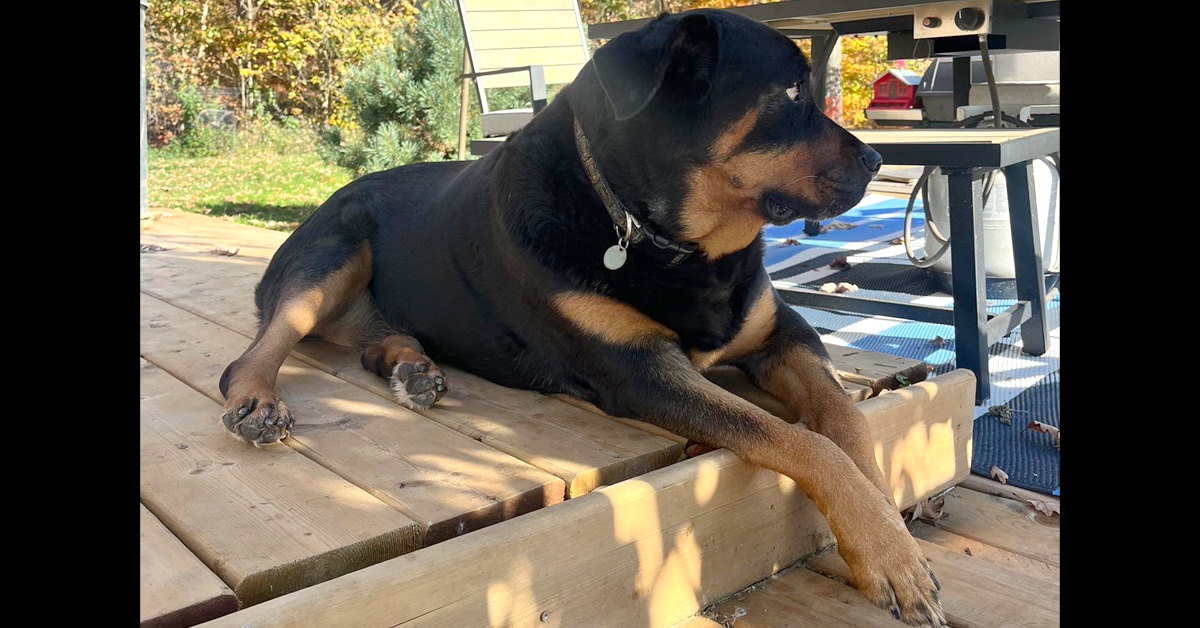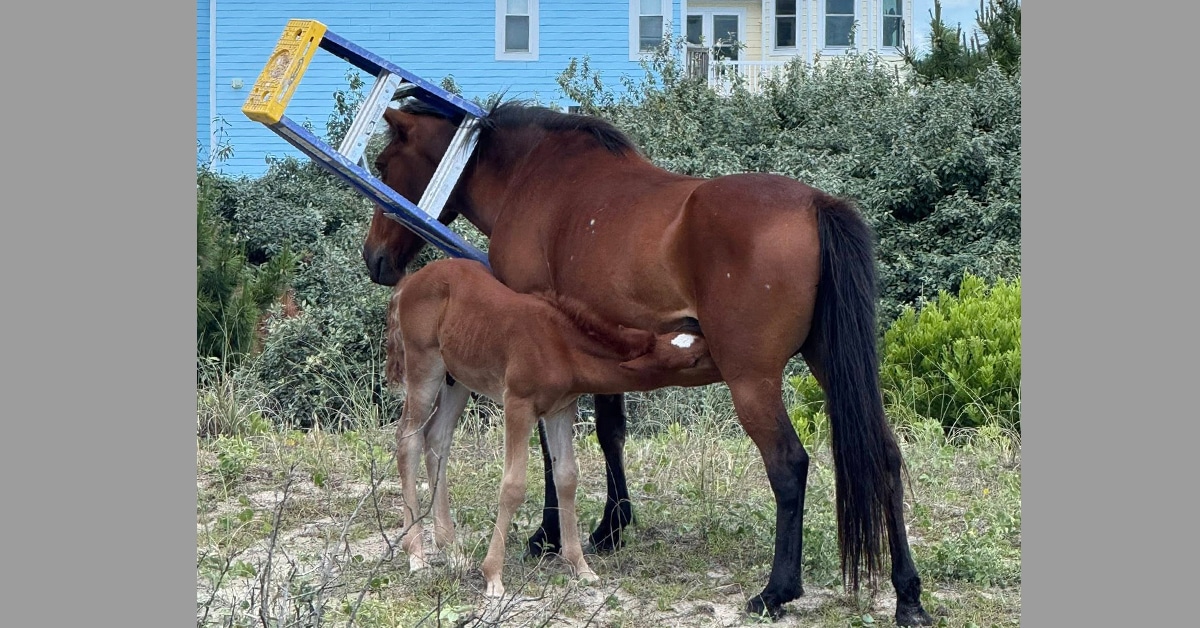The beloved Newfoundland Pony has many advocates in its native Maritime province, including Netta LeDrew who owns the Newfoundland Pony Sanctuary located on Change Island.
The small sanctuary has eight ponies of its own, with one boarded by an owner. And as any horse person knows, keeping horses and ponies fed, watered and stalls mucked, in addition to farrier and vet visits, costs money. The Sanctuary is no different and relies heavily on summer tourism to make up any shortfall in funds.
According to a report on the website Saltwire, due to ferry delays and cancellations from the mainland, tourist traffic has greatly dwindled, causing stress to LeDrew.
LeDrew told the website about how one family waited five hours in the ferry lineup to visit the ponies on Change Islands this past summer. Many would just give up and turn around.
For example, LeDrew said in July the sanctuary only had 50 visitors compared to last July when the ponies drew 230. August wasn’t much better, with a tally of 160 this summer compared to 257 in 2023.
“We depend on tourists to do pony rides,” she told Saltwire. “They buy from our sale table, and they make donations, and when the visitors are not there, we don’t get none of that…it’s going to be a hard year because of the ferry.” (Donations to the Sanctuary are always welcome – see the website here.)
Meanwhile, south of the border, two Newfoundland ponies were born this summer at a farm in Gardner, Massachusetts. The foals are both colts and are half-brothers named Hope and Chestnut.
According to an article in The Gardner News, the foals are two of an expected total of four of the endangered Newfoundland Pony to be born in the United States.
“The birth of two male Newfoundland ponies is great news for the future of the breed,” Emily Aho, director of the US-based Newfoundland Pony Conservancy Center (NPRC) told the news outlet. “We always need fillies, but we need the stallions and the genetic package that comes with each one.”
She also explained that Hope and Chestnut are “landrace breeds”, which makes them genetically unchanged from their original native environment in Newfoundland. “They can survive really well, and they have no genetic disorders whatsoever. (Hope and Chestnut) are walking genetic time-capsules.”
And in other Newfoundland Pony news, the International Equestrian Federation (FEI) posted a breed profile of the endangered Canadian pony on its website. “The Newfoundland Pony is a sturdy breed that was developed over hundreds of years in the northeastern Maritimes. It’s critically endangered, however, and you’ll likely have to travel to Newfoundland or Labrador in Canada to see this pony in action.”
If you do wish to see the ponies up close, in addition to LeCrew’s sanctuary, there is also the Newfoundland Pony Heritage Park and pasture run by the Newfoundland Pony Society.
More News









